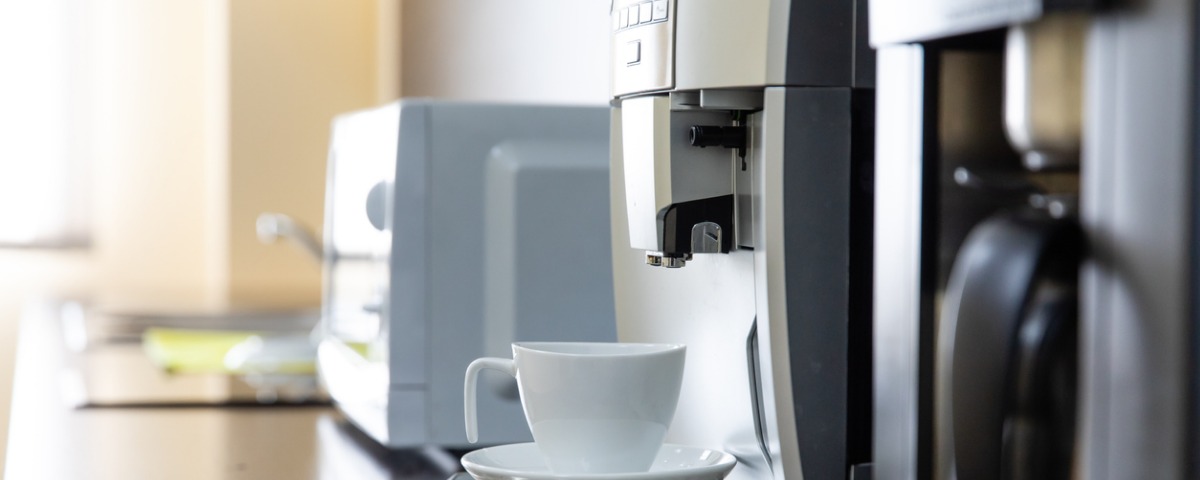
Intellicast (S2E4) – Rachel Alltmont of SampleCon
January 29, 2019Employee Spotlight: Kathleen Hock
February 4, 2019EMI recently purchased an upgraded coffee maker from our original single-cup coffee maker. This time around, it has its own water line, a K-cup trash dispenser, 4 size options, and 3 language options. What an improvement! As a coffee enthusiast, this change has been incredible for me. The overall taste is great making Monday mornings so much more delightful. But, with the coffee upgrade came a whole new experience when I was given language options.
Yesterday, I tested myself a bit. Could I handle the morning coffee process in Spanish, a language I had studied through middle school, high school, and college? After the process, the result was a cup of well-brewed coffee, but the process to get there was not seamless. I had to focus on what I was reading and translating, decreasing the enjoyment of the experience.
This got me thinking more about sample and the language in which a panelist is taking a survey. The language a survey is written in can alter the respondent experience and the meaning of the questions, leaving researchers with poor quality in their sample. Of the 30% of the world population that speaks English, only a third of these people use English as their first language. With this in mind, we can assume that this third is not entirely comfortable with the language, which gives them the same feeling as my coffee experiment. It’s possible, but not an accurate experience.
Respondent Experience
Did I get my coffee? Yes. But the differing metric was time. Normally, making coffee at the coffee machine is a 30-second process. While translating during the Spanish coffee making experience, I had to think more about the question than the answer. With the extra thought, the answer isn’t a natural reaction like you would expect from a native language response. To ensure honest and natural answers, it is important to make the respondent experience natural and easy. It is important to translate surveys to keep response rates up and experiences positive.
Loss of Meaning
Using native language can help convey the meaning of the survey and ultimately produce better data. Although coffee may be a pretty universal term, not all sayings and words translate precisely. In French, there is a saying, “les carottes sont cuites.” The direct translation to English is “The carrots are cooked” but what is meant is “the situation can’t be changed.” These meaning discrepancies can change the way a survey is perceived and answered.
The direct translation of the English word “car” in Spanish is “coche.” Most of the time the translation is understood; however, in regions such as Guatemala “coche” is slang for “pig.” That translation would make for some interesting open-end responses.
To avoid a loss of meaning, it is important to understand the market and who will be taking the survey. Although English is understood, sayings may take on a new meaning if they are not properly translated.
Bringing This Back to Sample
Why are we choosing to sample all over the world in English? Is this easier for us? Does it save us money? Maybe it does save us some time and money on the front end but on the back end, intelligence is gathered, and decisions are made. In order to find the right intelligence, you want to talk to those who know best and create an environment of ease. By localizing the comfort and survey experience, panelists are more likely to share important opinions. Quality increases and meaning is not lost with native language translations.
At the end of the day, translations, in combination with



